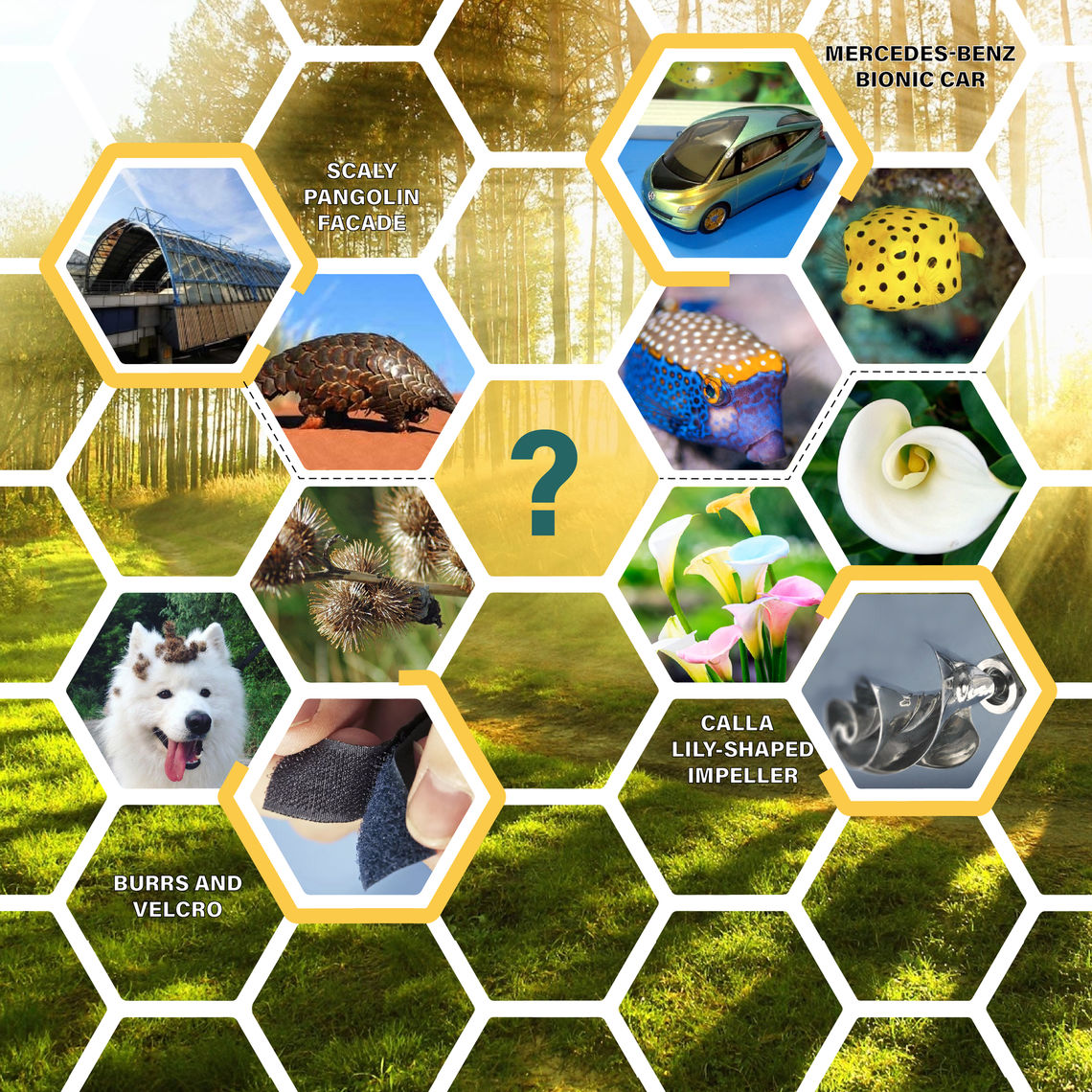In treating nature as a model, measure, and mentor, we can draw inspiration from its forms, processes, and systems to create architecture that has the ability to adapt to the ever-changing environment and contribute to the health of natural systems through biological interdependence. Emerging technologies such as materials grown from bacteria and microorganisms to dye-sensitized solar cells that generate power by mimicking photosynthesis–the primary form of energy production that sustains biological life–are examples of a new paradigm in design. These types of technologies can help to create closed-loop cycles that thrive in balance with the Earth’s complex systems.
So look around! Become inspired by the surrounding ecosystems and learn from nature’s wisdom. Rather than forcing nature to conform, what approaches can be taken to develop designs that will be ecologically sound, economically viable, and socially responsible to sustain a desirable quality of human life indefinitely?

